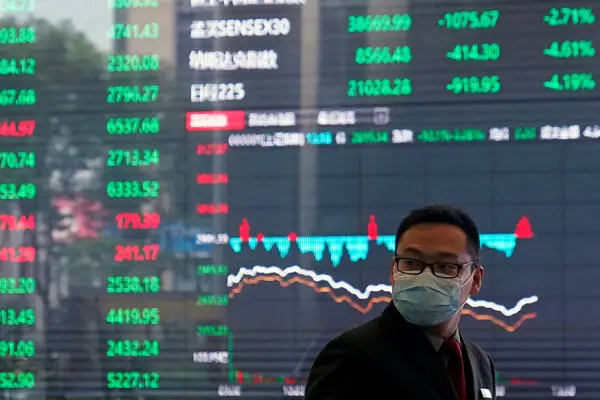Of note, the more drawn out term expansion assumptions for 2026 were changed up to 2.0% from the past round.
In the case of anything more, this is probably going to simply highlight the ECB’s conviction after the previous hawkish shift. However, maybe they may as of now have represented the review results above.
In the ECB Survey of Professional Forecasters (SPF) for the principal quarter of 2022, HICP expansion assumptions remained at 3.0%, 1.8% and 1.9% for 2022, 2023 and 2024 individually.
Contrasted and the past round for the final quarter of 2021, assumptions were reconsidered up by 1.1 rate focuses for 2022 and by 0.1 rate focuses for 2023 (assumptions for 2024 were not overviewed in the past round).
Respondents ascribed the vertical corrections for the most part to additional expansions in energy costs and the continuous effect of interest supply lopsided characteristics. Simultaneously, they keep on anticipating that expansion should fall – to 1.8% by December 2022.
Longer-term expansion assumptions for 2026 remained at 2.0%, updated up from 1.9% in the past round.
Joblessness rate assumptions were reconsidered somewhere around somewhere in the range of 0.2 and 0.3 rate focuses for all skylines. SPF respondents expect the joblessness rate to decrease from 7.2% in 2022 to 6.7% by 2026. Longer-term joblessness assumptions are at their most minimal level for a considerable length of time.
As to development, SPF respondents’ assumptions were generally unaltered, with checking corrections for 2022 (downwards) and 2023 (upwards).
In light of their profile of expected quarter-on-quarter development between the final quarter of 2021 and the second from last quarter of 2022, respondents expect the rise of the Omicron variation of the (COVID-19) to bring about briefly more slow monetary development in the final quarter of 2021 and the main quarter of 2022 yet a bounce back in the second and third quarters of 2022.
By and large, development assumptions keep on inferring that monetary movement surpassed its pre-pandemic level (final quarter of 2019) in the final quarter of 2021.
Respondents currently anticipate that the degree of GDP should transcend the way expected before the pandemic in 2023 (contrasted and 2024 in the past round). Normal longer-term assumptions for genuine GDP development were unaltered at 1.5%.
RBA Statement on Monetary Policy (SOMP) refreshed its figures and noticed that they suggested that arrangement objectives would be accomplished ‘prior’. Ready to show restraint in checking different elements influencing expansion in Australia and how they would advance.
Raised its end-2022 Core expansion gauge from 2.25% to 2.75% and furthermore raised the end-2023 viewpoint from 2.5% to 2.75%. Cut end-2022 GDP development figure from 5.5% to 4.25% and cut end-2023GDP development from 2.5% to 2.0%.
Four of PM’s nearest associates to PM Johnson surrendered, including head of staff Dan Rosenfield. Reports coursed that Cabinet pastors trusted there’s a 50/50 change the PM will be constrained out following his 4 most senior associates stopping combined with public analysis of the PM by Chancellor Sunak.
Disclaimer: The views, suggestions, and opinions expressed here are the sole responsibility of the experts. No journalist was involved in the writing and production of this article.




